Stalingrad - the road to Disaster
From high summer through to the winter - steps along the road to the encirclement of the German 6th Army
In June of 1942, Hitler had launched his new offensive for the year. He took the Russians by surprise by launching a massive thrust to the south and east and not making a further move on Moscow.
After initial success by mid-July, Hitler felt confident enough to split his advance into two prongs - one headed for the oilfields of the Caucasus, the other directly towards Stalingrad. He disregarded the Generals who told him that they didn’t have the resources to do both.
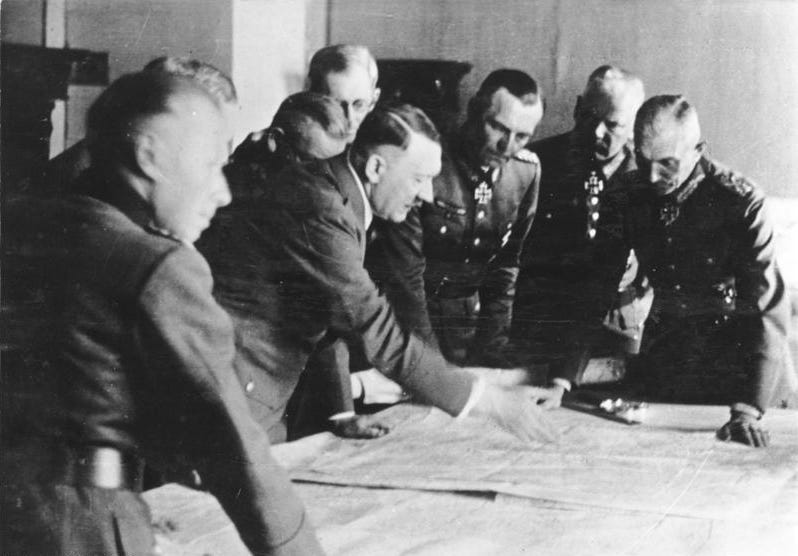
The Red Army had not collapsed as Hitler had expected in 1941, and a year later it was a good deal stronger. But faced with the alarming new thrust deep into the east, Stalin issued his ruthless ‘Not one step back’ Order. Soviet NKVD troops brutally enforced this with lethal consequences for many unfortunate regular Red Army troops, as described by Sergey Drobyazko in 'On The Eastern Front At Seventeen'.
Despite the Order, the Red Army still retreated back into Stalingrad, where, for a short time, it seemed that the city might be given up. The battle for Stalingrad had begun on 23rd August with an intensive bombing that killed many civilians but helped turn the city into the wasteland that would soon be the scene of close-quarters fighting.

It soon became apparent that Hitler’s thrust into the Caucasus did not have the resources to succeed - but in September it seemed that they were only days from seizing Stalingrad. The tantalising prospect of being only a few days away from success would persist for the next two months.
So began the titanic struggle for the city. The Wehrmacht threw some of their best men into the battle but faced a suddenly determined enemy, ready to fight to the death.
1220 hours: A radio message from a unit of the 416th Regiment from the hexagonal housing block: "Have been encircled, ammunition and water available, death before surrender!"
The Red Army ‘hugged the Germans close’, making it difficult for them to use bombing and heavy weapons that would also hit their own troops. The Red Army became adept in the use of snipers, at first just noted marksmen pulled from the ranks - like Vassili Zaitsev - and given better rifles. Later sniping would become a Soviet speciality.
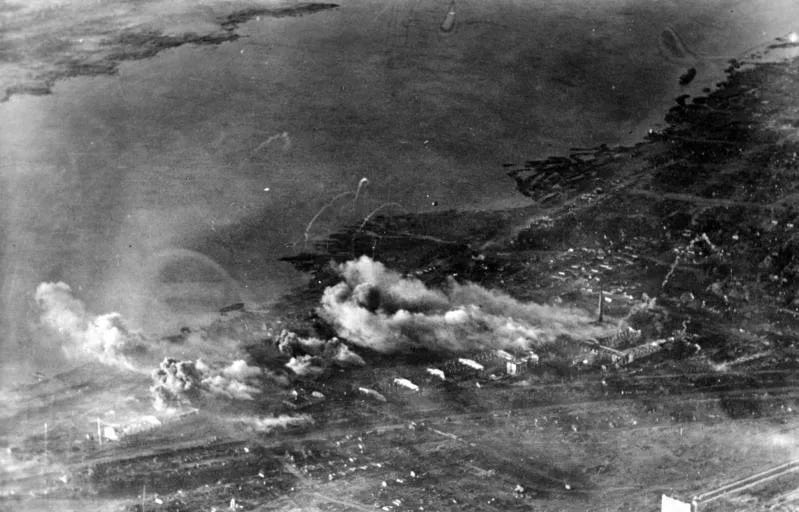

By the beginning of November, it was apparent to those on the ground that it was the German 6th Army that was in a precarious position. But Hitler was still denying reality.
All there is left to take is a couple of little scraps of land. Why can’t they capture it a little more quickly? Because I do not want to have a second Verdun there. I would rather take it with small bands of troops. Time is of no importance.
Adolf Hitler, 8th November 1942
As winter arrived it was the Russians who were at a disadvantage at first. Ice on the Volga made it difficult to bring fresh troops and munitions across.
For the German troops engaged in the intense struggles within the city, it was a battle like no other.
They were called upon to make assault after assault, as this account of an infantry attack on the 11th of November makes clear.
New guys don’t last long. The old men who have been in Stalingrad since the beginning have completely adapted to this war, which is unlike any other German soldiers ever fought.
Then, on the 19th November, in freezing fog, the Red Army struck.


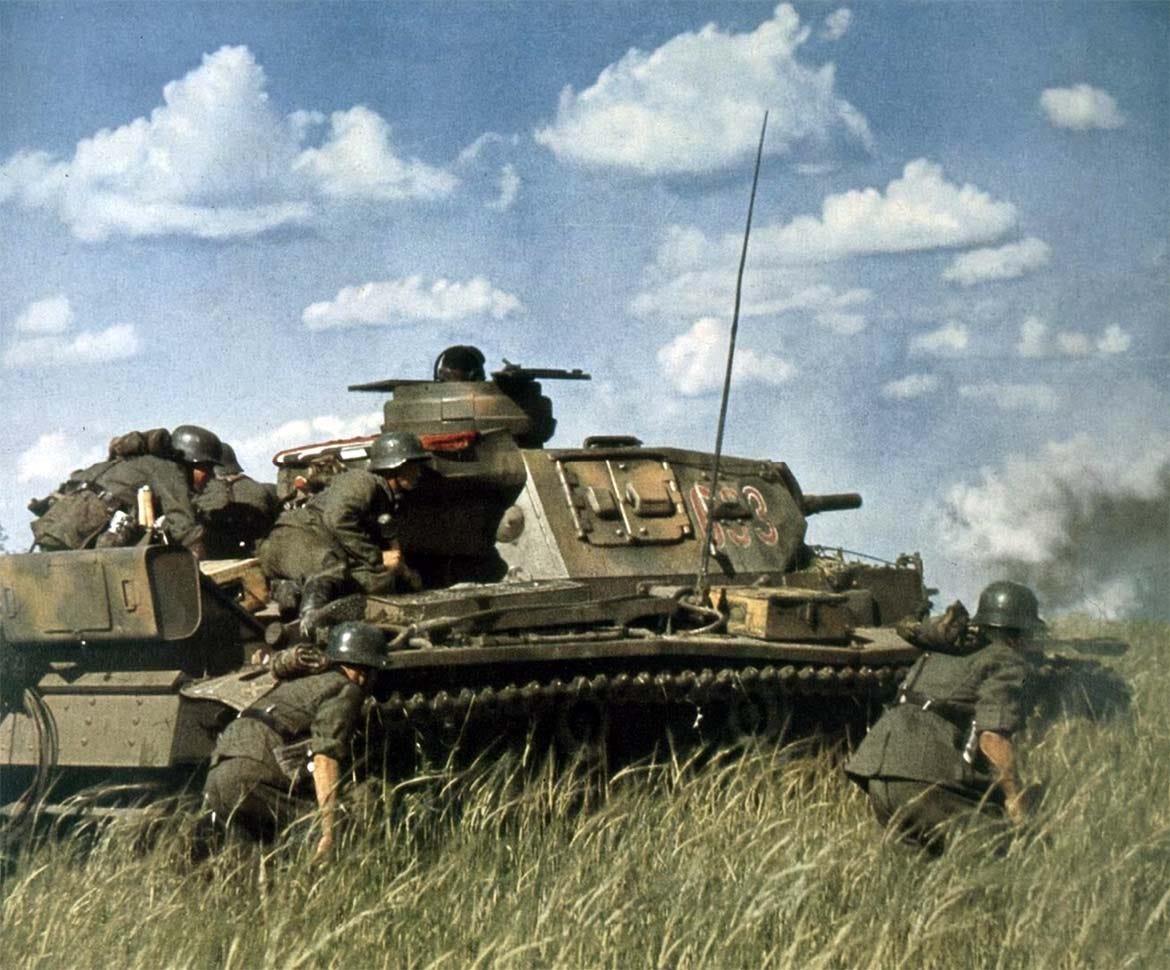

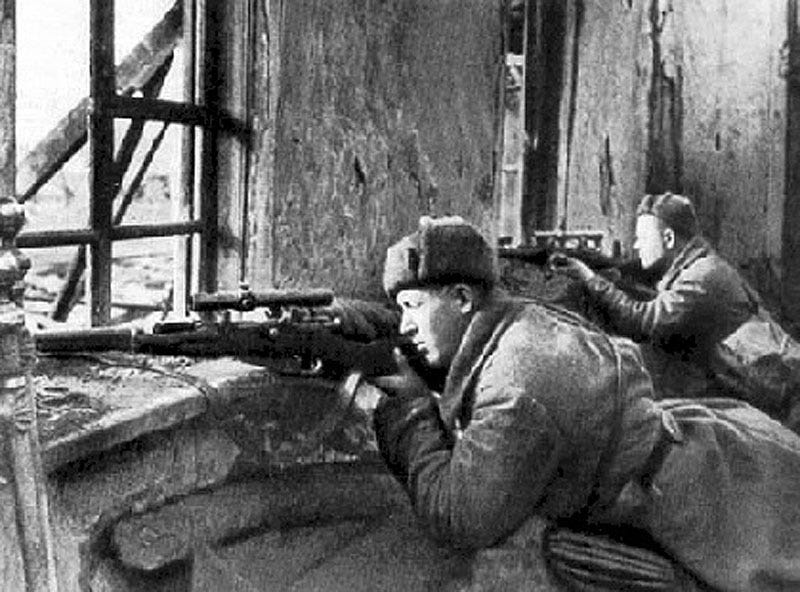
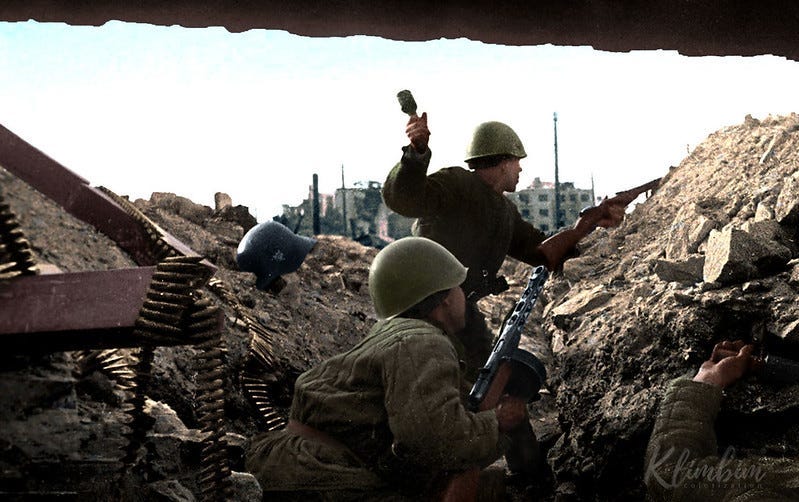
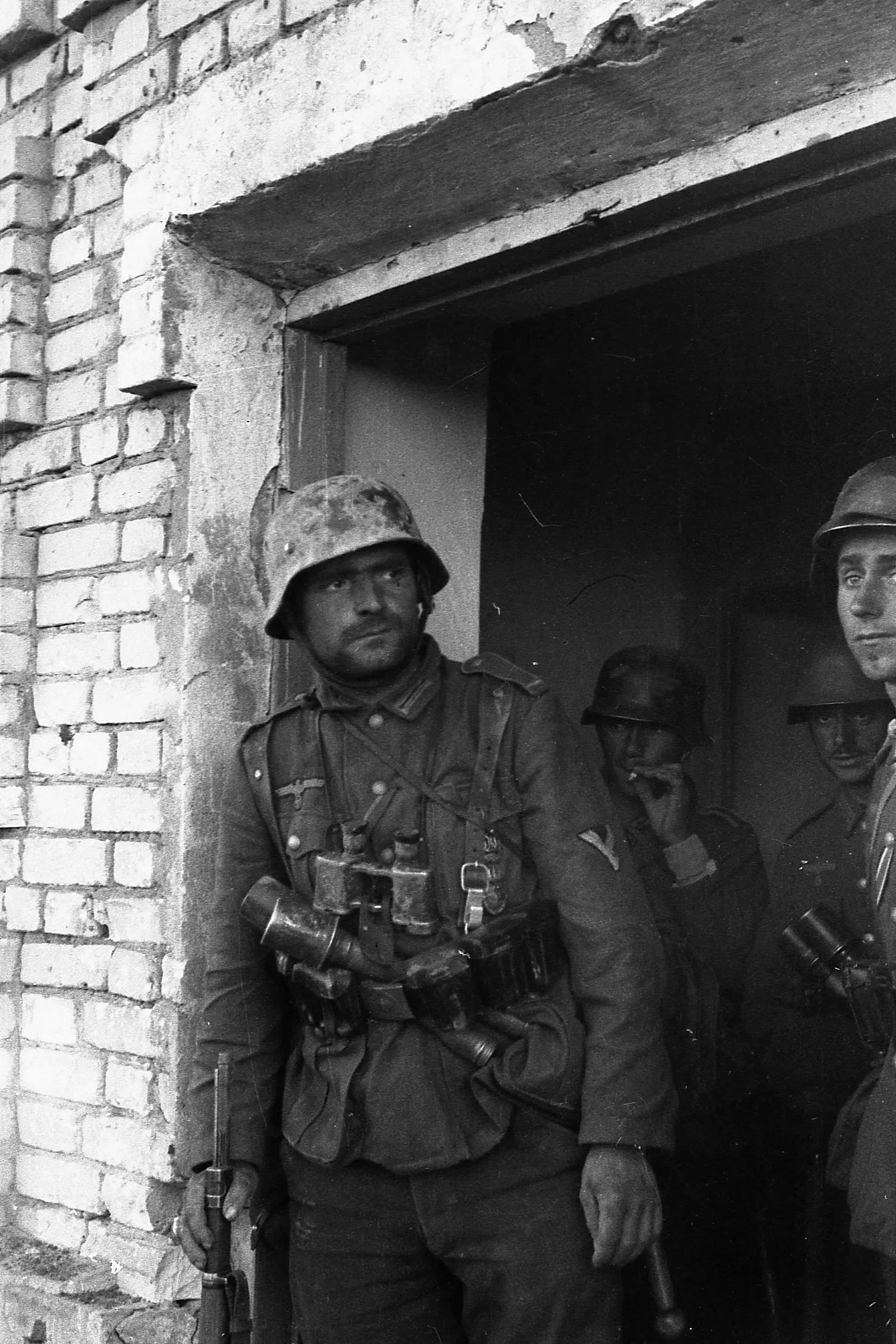
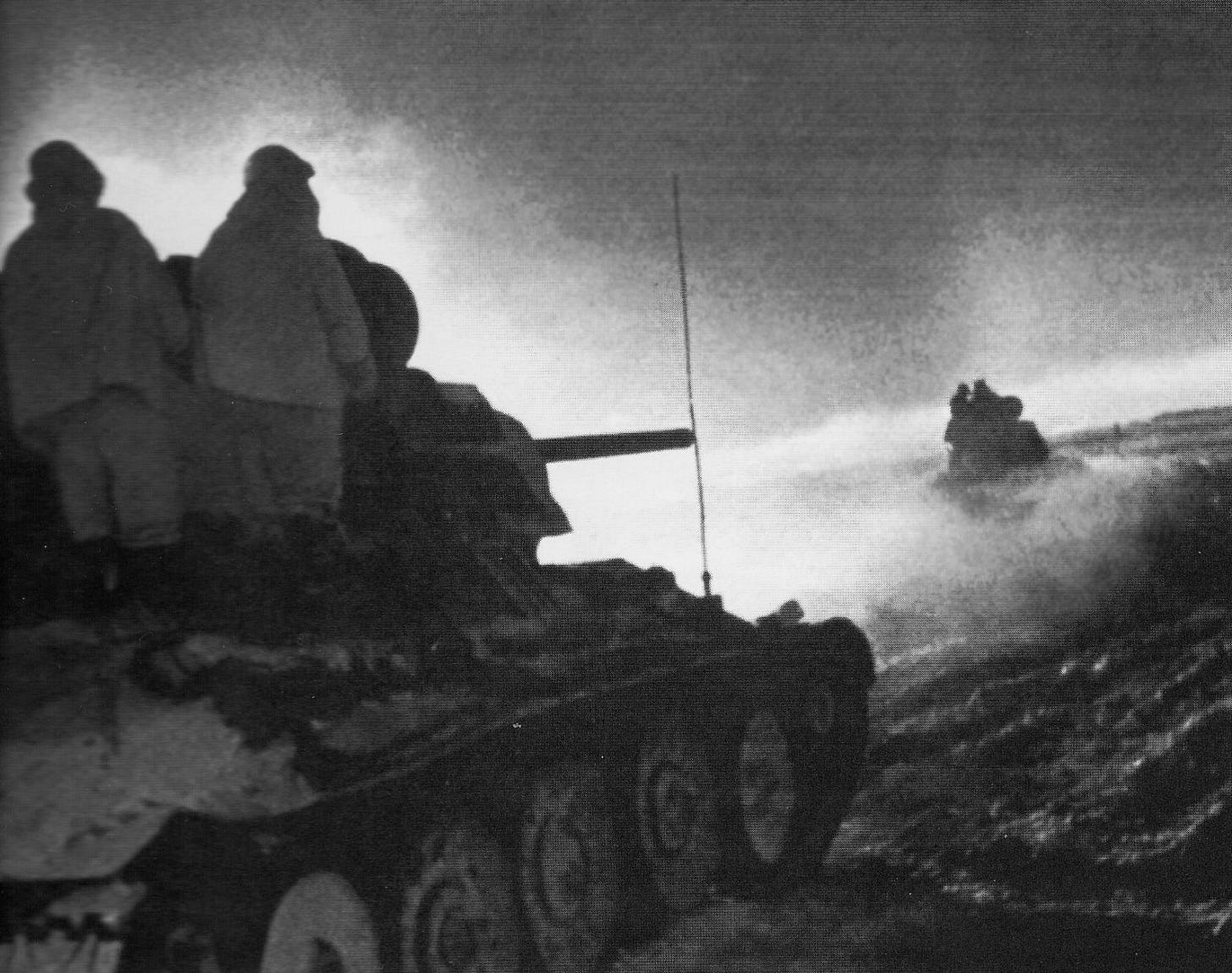
Stalingrad makes every other major battle look like Sesame Street.